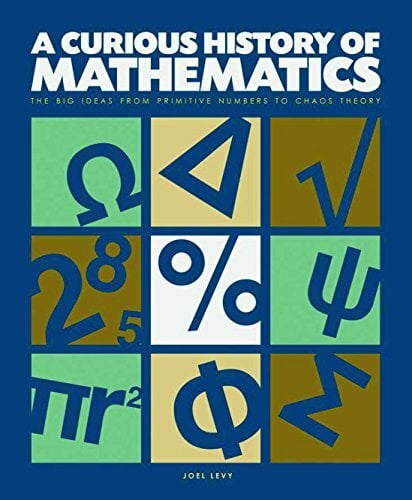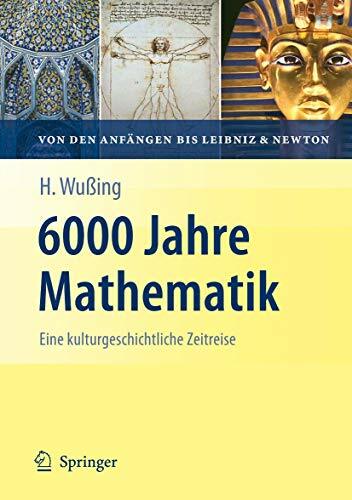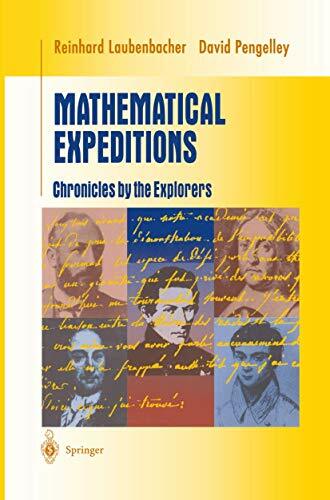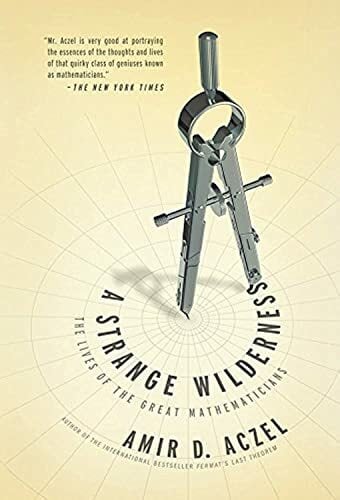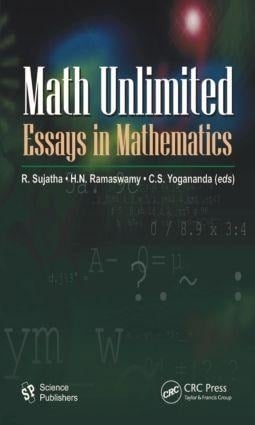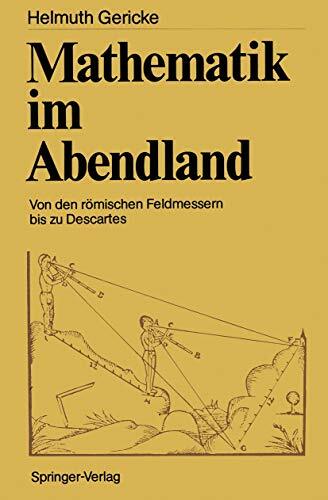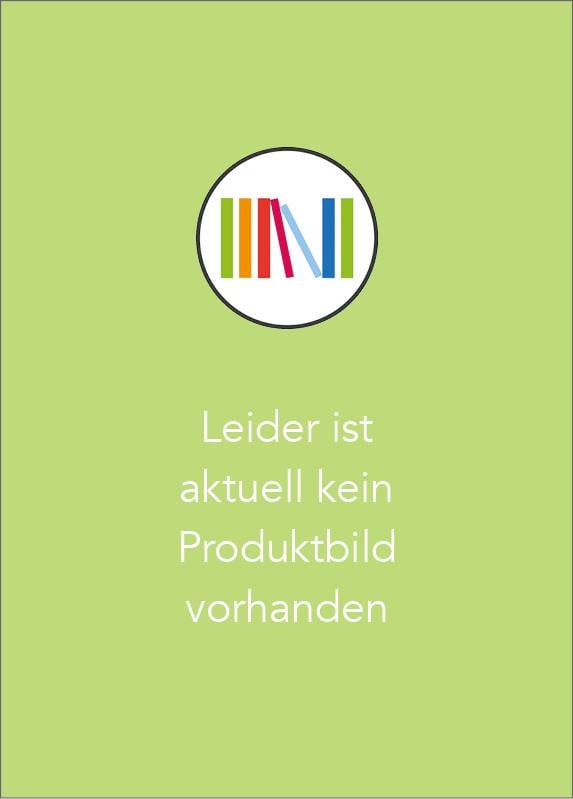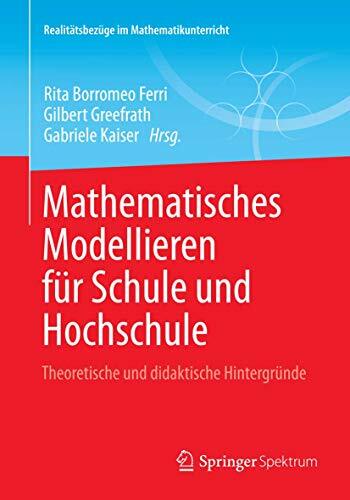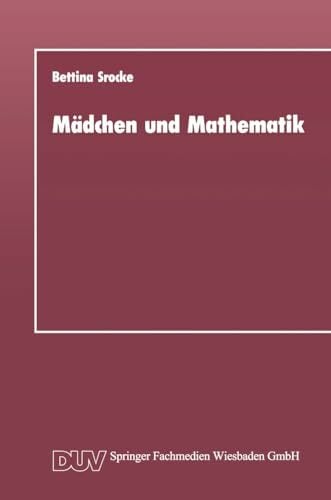
Let History into the Mathematics Classroom
Kurzinformation
inkl. MwSt. Versandinformationen
Artikel zZt. nicht lieferbar
Artikel zZt. nicht lieferbar

Beschreibung
This book brings together 10 experiments which introduce historical perspectives into mathematics classrooms for 11 to 18-year-olds. The authors suggest that students should not only read ancient texts, but also should construct, draw and manipulate. The different chapters refer to ancient Greek, Indian, Chinese and Arabic mathematics as well as to contemporary mathematics. Students are introduced to well-known mathematicians-such as Gottfried Leibniz and Leonard Euler-as well as to less famous practitioners and engineers. Always, there is the attempt to associate the experiments with their scientific and cultural contexts. One of the main values of history is to show that the notions and concepts we teach were invented to solve problems. The different chapters of this collection all have, as their starting points, historic problems-mathematical or not. These are problems of exchanging and sharing, of dividing figures and volumes as well as engineers' problems, calculations, equations and congruence. The mathematical reasoning which accompanies these actions is illustrated by the use of drawings, folding, graphical constructions and the production of machines. von Barbin, Évelyne und Hamon, Gérard und Guichard, Jean-Paul und Moyon, Marc und Guyot, Patrick und Morice-Singh, Catherine und Métin, Frédéric und Bühler, Martine und Tournès, Dominique und Chorlay, Rena
Produktdetails
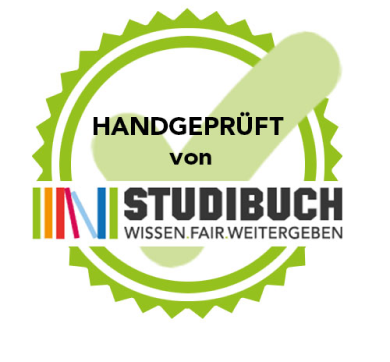
So garantieren wir Dir zu jeder Zeit Premiumqualität.
Über den Autor
Évelyne Barbin is full professor of epistemology and history of sciences at the University of Nantes (France), she is member of the Laboratory of Mathematics Jean Leray (LMJL, UMR 6629) and of the Institute for Research in Mathematics Education (IREM). Her research concerns history of mathematics, history of mathematics teaching and relations between history and teaching of mathematic. As convenor of the IREM National Committee "Epistemology and History of Mathematics", she organised thirty colloquia and summer universities. She edited more than 25 books. Since 1980, she is member of the International HPM Group and she was chair from 2008 to 2012. Her recent works concern the history of descriptive geometry. Martine Bühler is a mathematics teacher in a high school (Lycée Flora Tristan) at Noisy-le-Grand (France). She works with the group "Mathematics: Approach Through Historical texts" (M.: A.T.H.) of the Institute for Research in Mathematics Education (IREM) of Paris. For many years now, the group, founded by Jean-Luc Verley, who was then a mathematics lecturer at the University of Paris 7, reflects about the use of historical texts with the students to introduce a notion or as a source of interesting problems in liaison with the curriculum. The group published brochures and articles on this subject, with descriptions of experiments in the classroom. Renaud Chorlay had been trained in the social sciences at Sciences-Po Paris, in mathematics and history of mathematics at Paris Diderot University. He works in the teacher-training department of Paris Sorbonne University. He is member of the Institute for Research in Mathematics Education (IREM) of Paris, of the IREM National Committee "Epistemology and History of Mathematics" and of the International HPM Group. His main research field is the history of mathematics in the modern period, with specific interests in qualitative analysis, topology and differential geometry. He also works on the connections between history and teaching of mathematics, either in the classroom, in teacher-training, or in theoretical didactics. Jean-Paul Guichard is professor of mathematics, working at the Institute for Research in Mathematics Education (IREM) of Poitiers (France). He is member of a research group which elaborates curricula for the secondary school to learn mathematics through magnitudes with nine publications by this time. Member of the IREM National Committee "Epistemology and History of Mathematics", for a long time, he collaborates with its publications. His main interest in history concerns François Viète and the circulation of literal calculation, but also negative numbers and magnitudes. Recently he has been working on how squaring one or several figures in different cultures. Patrick Guyot is a (retired) mathematics and physics teacher, who worked at vocational high school Dumaine in Mâcon (France). He is a teacher trainer at the University of Burgundy, a member of the IREM of Dijon (Institute for Research in Mathematics Education) and the IREM National Committee "Epistemology and History of Mathematics". He earned his PhD in philosophy from the University of Burgundy in 2012, in the field of history and philosophy of 18th century physics. His research interests include philosophy of physics as well as history of mathematics. His current research focuses on Pierre Sigorgne, a talented but not well-known scientist of the Enlightenment. Gérard Hamon is a senior teacher of mathematics and he has written many books related to the teaching of mathematics for the upper secondary school. He has been involved in teachers basic training in France and Africa and in-service teacher training in France. He is a member of the Institute for Research in Mathematics Education (IREM) of Rennes and the IREM National Committee "Epistemology and History of Mathematics" and is author and co-author of several books about the history of mathematics. His most recent work on Tartaglia's solution of cubic equations Questions et inventions diverses Livre IX ou l'invention de la résolution des équations du troisième degré is published by Hermann, Paris. Frédéric Métin is a teacher trainer and mathematics educator at the University of Burgundy in Dijon (France), and a PhD student at the University in Nantes (France), under supervision of Prof. Evelyne Barbin. His research relates to practical mathematics in early modern Europe, focusing on practical geometry and the use of instruments. He specifically works for his PhD on 17th century fortification, its link to geometry and its transformation in a teaching discipline. He is a member of the Institute for Research in Mathematics Education (IREM) of Dijon and the National Committee "Epistemology and History of Mathematics", in which he participated in several editorial projects.

- hardcover
- 301 Seiten
- Erschienen 1996
- Birkhäuser Verlag
![The Heart of Mathematics: An Invitation to Effective Thinking [With 3-D Glasses] (Key Curriculum Press) The Heart of Mathematics: An Invitation to Effective Thinking [With 3-D Glasses] (Key Curriculum Press)](https://d3k2uuz9r025mk.cloudfront.net/media/image/53/96/bf/1751983416_40519453136.jpg)
- hardcover
- 900 Seiten
- Erschienen 2012
- Wiley
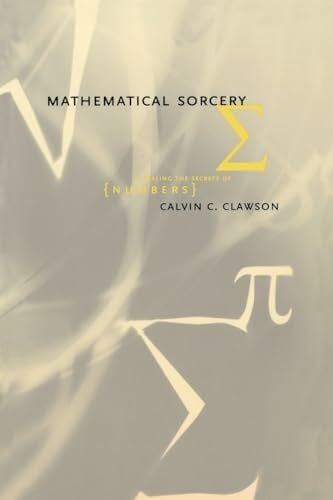
- paperback
- 307 Seiten
- Erschienen 2001
- Basic Books

- paperback -
- Erschienen 1999
- Great Source Education Grou...

- paperback -
- Erschienen 2004
- Birkhäuser








